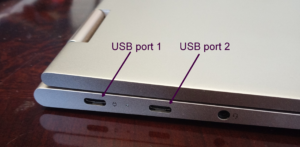Last Friday I received a letter dated February 28 from the Acting Commissioner for Trademarks, responding to the letter from the One Hundred Ninety-Nine Trademark Practitioners. I posted it here for everybody to see. The letter talks about the requirement that an email address be provided for the trademark owner even if the trademark owner is represented by counsel.
We are all going to want to study that letter from the Acting Commissioner in our collective efforts to make sense of the February 14 Exam Guide.
The American Intellectual Property Law Association has a Committee called Trademark-Relations with the USPTO, of which I am a member. The Committee, often referred to by the shorthand TRUC, was concerned about the February 14 Exam Guide. The AIPLA, coordinating with TRUC, sent a letter to the Acting Commissioner with questions about the owner email address requirement. As it turns out, February 28 was a busy day for the Acting Commissioner, because not only on that date did she send this letter to the 199, but she also sent a reply to the AIPLA. A copy of the Acting Commissioner’s letter to the AIPLA may be seen here.
We are all going to want to study that letter from the Acting Commissioner as well, in our collective efforts to make sense of the February 14 Exam Guide.
I’m working on a blog article where I will try to make some sense of the February 14 Exam Guide in light of these two letters from the Acting Commissioner.



